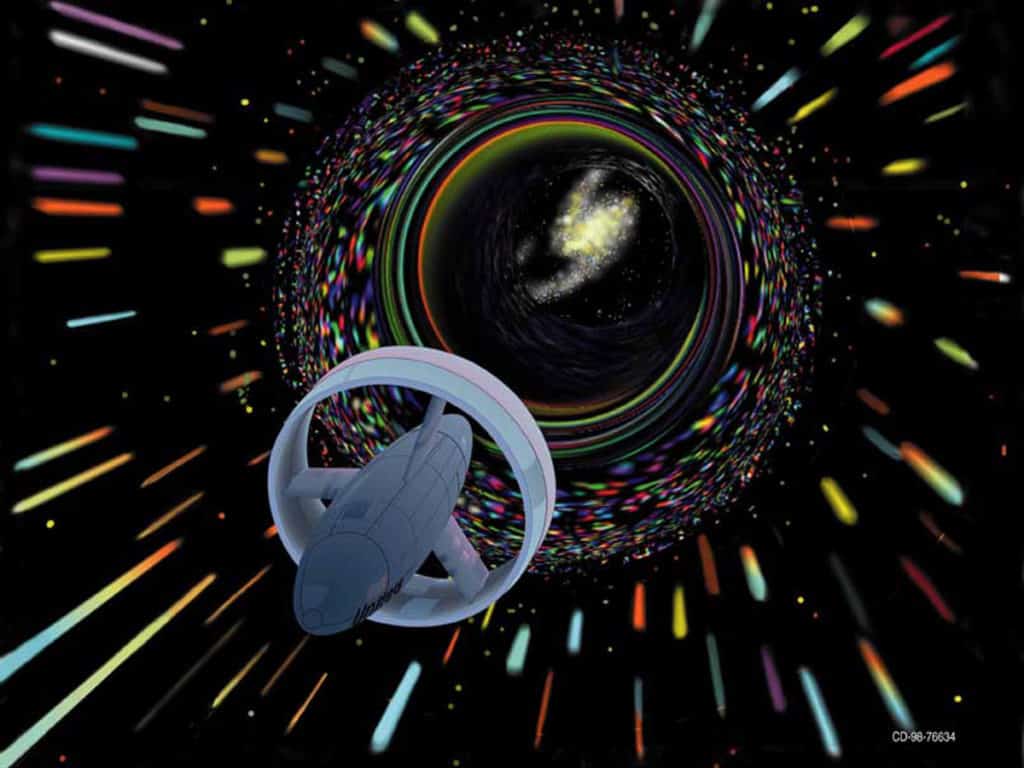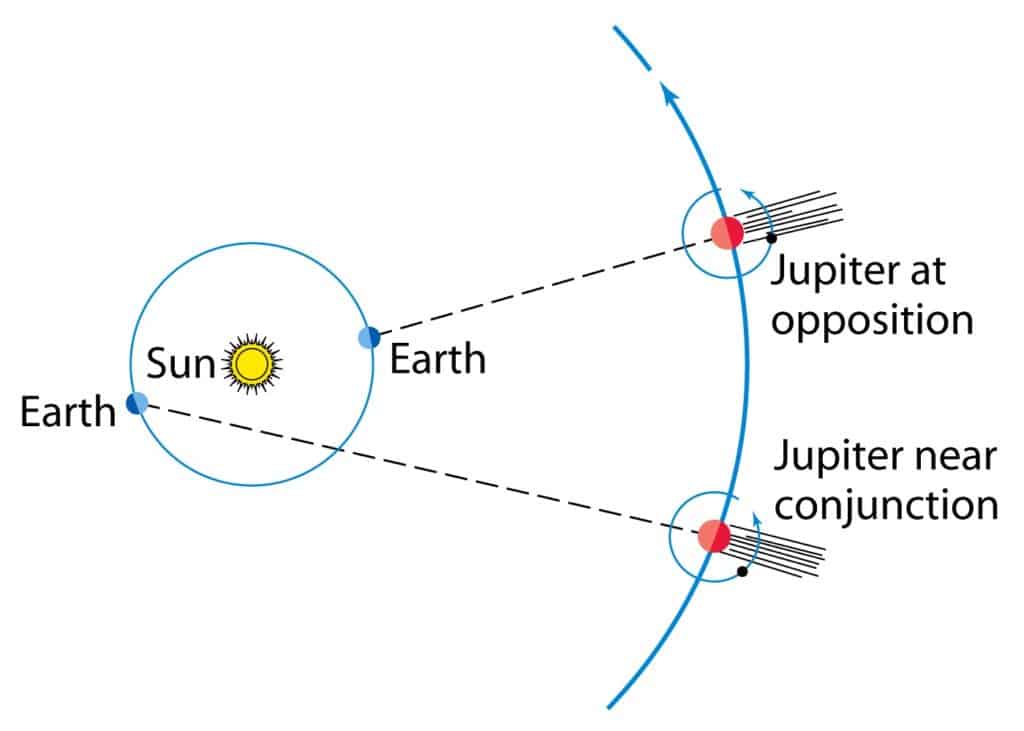The speed of light’s exact value is defined as 299.792.458 meters per second or approximately 300.000 km / 186.000 mi per second in a vacuum.
We know that nothing can surpass the speed of light, at least in theory. If you’d have the power to move with the speed of light, you could go around the Earth 7.5 times in one second.
Light is a type of energy, and early scientists believed that it must have traveled instantaneously, unaware of its motion. As measurements of these wave-like particles became more precise, we now understand that the speed of light is a theoretical limit.

Currently, we know that light-speed is unreachable by anything with mass. It is how telescopes work since most celestial objects are so far away from us; we actually see them in the past. Though we haven’t reached the speed of light, here are some interesting facts about it.
The speed of light isn’t necessarily constant
Like sound, light travels in waves and can be slowed depending on what it is moving through. In a vacuum, nothing can outpace light; however, if a region contains matter, even the tiniest bits of it such as dust, light can bend when it comes in contact and results in a decrease in speed.

The light which travels through Earth’s atmosphere moves as fast as light in a vacuum, while light passing through a diamond is slowed to less than half that speed.
Faster than the speed of light?
Whenever someone puts a limit on something, we tend to want to break that limit somehow. Fantasizing about moving faster than the speed of light is quite common in SCI-FI shows such as Star Trek.
Something as warp speed may be possible; however, the practicality of traveling faster than the speed of light renders the idea pretty farfetched.

If we take Einstein’s theory of general relativity into account, an object’s mass increases as it moves faster while its length contracts. At the speed of light, such an object would have infinite mass, while its length would be rendered 0 – or an impossibility.
Thus nothing can reach the speed of light, as the theory states. However, many still believe that the idea of warp speed is possible, and one day in the future, usable.

Some propose that a spaceship that could fold a space-time bubble around itself could exceed the speed of light. One thing is clear, space itself is not susceptible to our current laws, and our current understanding of the universe dictates that space itself is moving faster than the speed of light. In theory, it might be possible, but we still have much to learn.
Light-year / Distant Past
You might have heard about the term light-year. Essentially, it is the distance that light travels in the course of a year, and it is a measurement of both time and distance.
Take it this way; light travels from the Moon to our eyes in about 1 second. The light from the Sun takes about 8 minutes to reach our eyes, and as such, the Sun is eight light-minutes away.

The nearest star system to us, Alpha Centauri, is 4.3 light-years away from us, and thus we would get there in around 4.3 years. Many celestial objects are light-years away from us.
Some of them are even billions of light-years away. As such, when we study a celestial object which is more than one light-year away, we are seeing it as it existed at the time that light left it. Thus, almost everything we see in the universe is literally history.
This principle guides us in our understanding of the universe after the Big Bang. The more distant a celestial object is, the earlier we see the beginning of our universe.
A Danish astronomer measured the speed of light
Olaus Roemer was the first astronomer to measure the speed of light successfully. This happened in 1676 when he observed a time interval between successive eclipses of the moons of Jupiter.
It was about seven minutes greater than when the observations were carried out when the Earth in its orbit was moving away from Jupiter. Roemer argued that when the Earth was moving away from Jupiter, the observed time between eclipses was increased above the true value by about 3.5 minutes.

This was due to the extra distance that light had to travel from each successive eclipse to reach our planet. Conversely, when our planet was moving towards Jupiter, the observed interval decreased by about 3.5 minutes due to the smaller distance.
Roemer estimated the speed of light remarkably good considering the method employed. Ever since then, numerous scientists have made different attempts to measure the speed of light more accurately.
Image sources:
- https://metro.co.uk/wp-content/uploads/2019/05/Light-speed-ad73.jpg?quality=90&strip=all
- https://www.history.com/.image/ar_16:9%2Cc_fill%2Ccs_srgb%2Cfl_progressive%2Cg_faces:center%2Cq_auto:good%2Cw_768/MTU3OTIzNTgwNDExNjUxNzMw/who-determined-the-speed-of-lights-featured-photo.jpg
- https://images.immediate.co.uk/production/volatile/sites/4/2018/08/GettyImages-524396835-bca79f7.jpg?quality=45&resize=960,413
- https://upload.wikimedia.org/wikipedia/commons/7/70/Wormhole_travel_as_envisioned_by_Les_Bossinas_for_NASA.jpg
- https://www.abc.net.au/reslib/201210/r1013308_11427419.jpg
- https://historyofscience101.files.wordpress.com/2014/01/jupiterconjunction1400x1000.jpg
